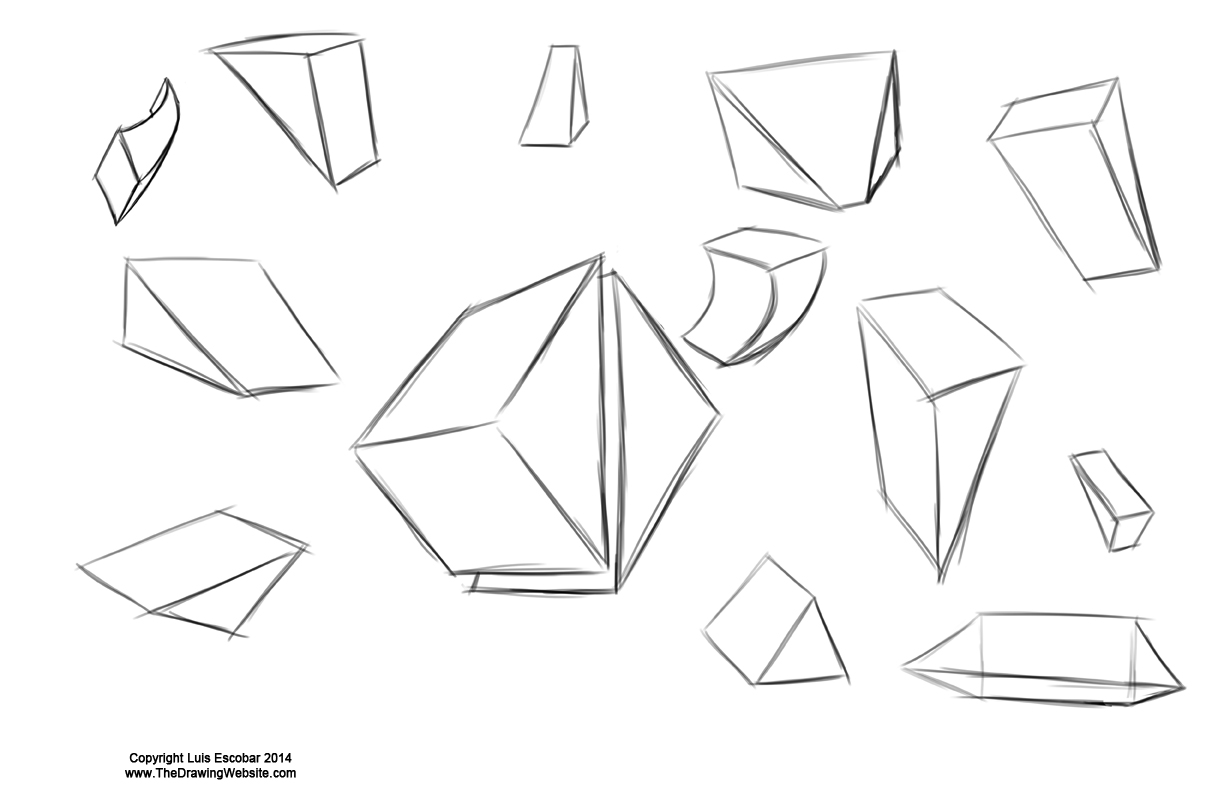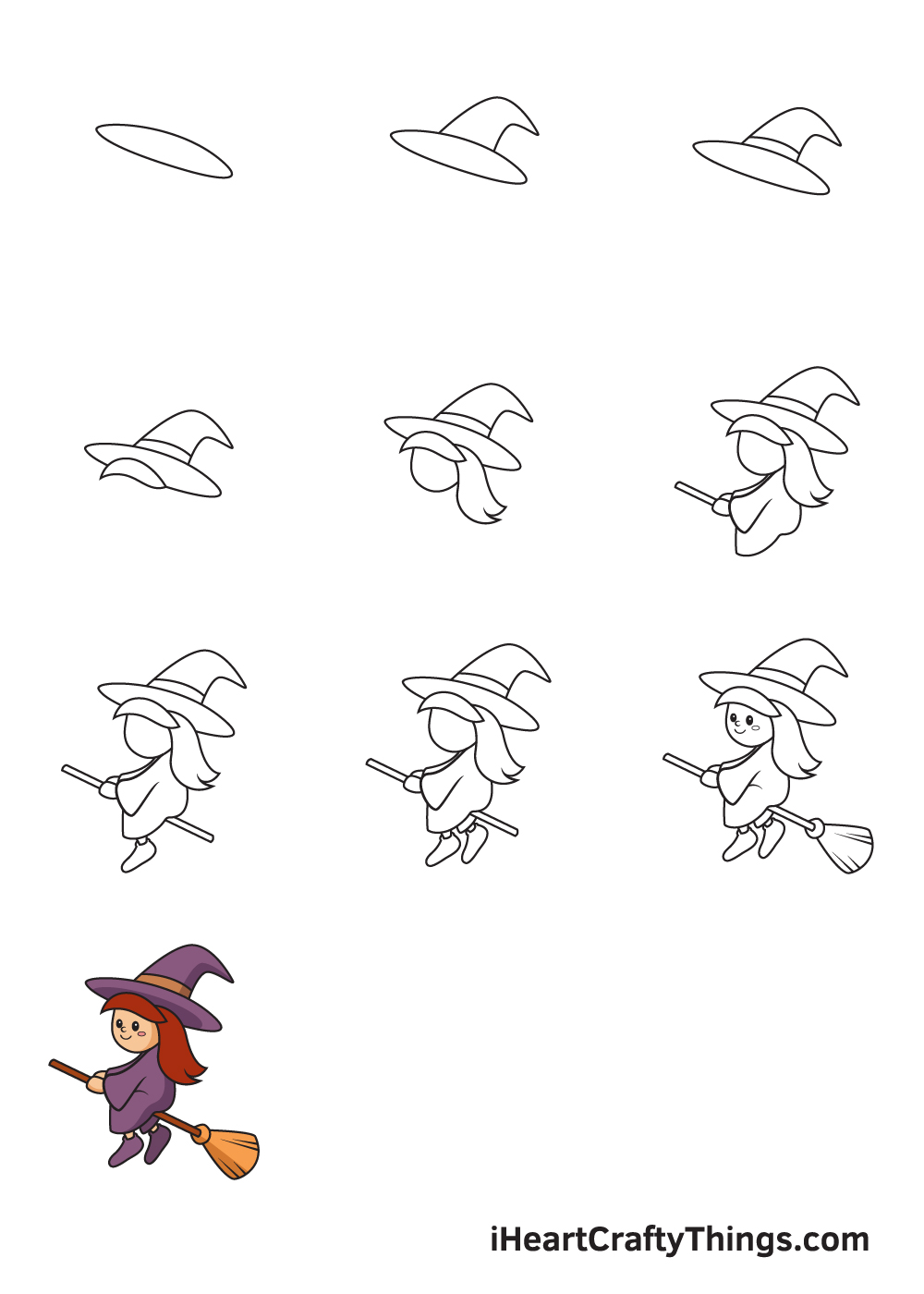Image result for drawing forms with contour lines
Table of Contents
Table of Contents
Do you struggle with drawing accurate forms in your artwork? Are you tired of feeling frustrated when you can’t seem to get the right proportions? If so, don’t worry! Learning how to draw form is an essential skill for any artist, and with a little practice, you can master it.
Many people struggle with drawing form because they don’t understand the basic principles of how objects are three-dimensional. This can lead to drawings that look flat and unrealistic. Others may find it difficult to accurately capture the subtle shifts in light and shadow that help to define the form.
The key to successfully drawing form is to start with the basic shapes that make up an object - such as a sphere, cylinder, or cube - and then build upon them. By breaking down complex forms into simple shapes, you can train your eye to better understand how the form should look.
To begin, try practicing drawing simple forms like spheres and cubes. Make sure to pay attention to the way light falls on the objects and how it creates shadows. You can also experiment with different types of line work, such as contour lines or cross hatching, to better define the form.
My Experience with Drawing Form
When I first started drawing, I struggled with capturing the correct form in my artwork. I often found myself frustrated and would give up on a drawing before it was finished. However, I realized that by dedicating time to practicing form drawing, I was able to improve my skills.
I found that by breaking down the object into simple shapes, I was better able to understand how the form looked in three-dimensions. I also experimented with different types of line work to create more depth and structure in my drawings.
Drawing Organic Forms
Drawing organic forms - such as leaves, flowers, and animals - can be more challenging than drawing geometric shapes. However, the same basic principles of form drawing still apply.
When drawing organic forms, make sure to closely observe the subject and pay attention to the way light falls on it. Look for areas where there are deep shadows or subtle changes in tone, and use these to define the form.
Using References to Improve Your Form Drawing
One of the best ways to improve your form drawing skills is to use references. Look for photographs of objects or subjects that you want to draw and use them as a reference as you work. This can help you to better understand how the form should look and give you a guide to follow as you draw.
The Importance of Practice with Form Drawing
Like any skill, form drawing takes practice to master. Try dedicating a portion of your drawing time to working on form drawing exercises. Start with simple shapes and gradually work your way up to more complex forms. You may also want to try drawing from life, as this can help you to better understand how objects look in the real world.
Question and Answer
Q: How can I make my forms look more realistic?
A: One of the key ways to make your forms look more realistic is to pay close attention to the way light falls on them. Look for areas where there are deep shadows or subtle changes in tone, and use these to define the form. You may also want to experiment with different types of line work to better define the form.
Q: What are some common mistakes people make when drawing forms?
A: One common mistake people make when drawing forms is to not pay enough attention to the way light falls on the object. This can lead to drawings that look flat and without depth. Another mistake is to overcomplicate the form, which can make it difficult to capture accurate proportions.
Q: How can I practice drawing forms?
A: One of the best ways to practice drawing forms is to start with simple shapes and gradually work your way up to more complex forms. You may also want to try drawing from life, as this can help you to better understand how objects look in the real world. Finally, make sure to practice regularly and incorporate form drawing exercises into your drawing routine.
Q: What materials do I need to start drawing forms?
A: All you really need to start drawing forms is a pencil and paper. However, you may also want to experiment with different types of media, such as charcoal, ink, or pastels, to see which feels most comfortable for you.
Conclusion of How to Draw Form
Learning how to draw accurate forms is an essential skill for any artist, and can take time and practice to master. By breaking down complex forms into simple shapes and paying close attention to the way light falls on them, you can create drawings that look realistic and three-dimensional. Don’t be afraid to experiment with different types of line work and media to find what works best for you, and remember to practice regularly to continue improving your skills.
Gallery
Image Result For Drawing Forms With Contour Lines | Organic Shapes Art

Photo Credit by: bing.com / didu getdrawings
Mathematical Arts: Form Drawing - Kimberton Waldorf School

Photo Credit by: bing.com / form drawing mathematical arts kimberton waldorf sense harmony critical creativity confidence solving proportion thinking include skills problem self children beauty
Practicing Your Draw Fu Forms – Forms Are Like SentencesThe Drawing

Photo Credit by: bing.com / draw forms form organic wedges practicing fu drawing complex drawings sentences reason learn well these
Practicing Your Draw Fu Forms – Forms Are Like Sentences | The Drawing

Photo Credit by: bing.com / forms draw drawing cubes cylinders fu practicing gesture rhythm modified often created off
How To Draw Form - YouTube

Photo Credit by: bing.com /





